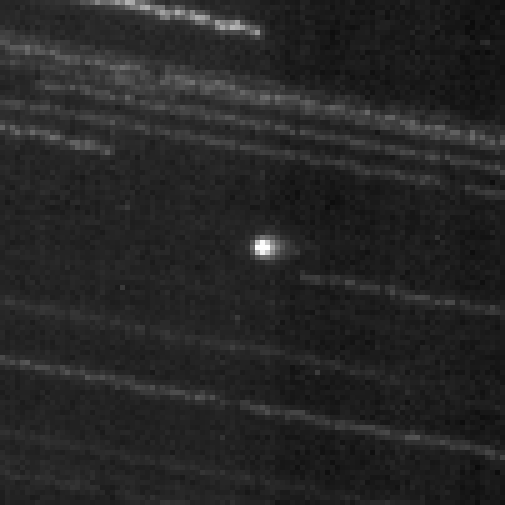EPOXI
Two intriguing investigations -- One flight-proven spacecraft
Science Results
DI3
The primary Deep Impact mission and extended DIXI mission had the Deep Impact spacecraft make close flybys of comets Tempel 1 and Hartley 2. These encounters showed that the DI instrumentation produced high quality data that is ideal for studying comets.
As of early July, the spacecraft and instruments were still in excellent health, and DI was being used to obtain remote observations of bright comets. DI is unique in many ways: it can obtain IR spectra from 1 to 5 microns, allowing direct simultaneous measurements of the three primary cometary volatiles, H2O, CO2 and CO. It can obtain visual observations with broad and HB narrowband comet filters to record the spatial distribution of the dust and the fragment species CN, OH and C2. It has high cadence observations (as frequently as every 15 min for the IR spectra and continuum imaging) that continue unabated for up to 18 hours in the IR or up to 6 days for the visual imaging, before filling the onboard storage. Finally, its orbit allows DI to fill in some of the observational gaps when a comet is not available to Earth-based telescopes.
In early August, there was a loss of communications with the spacecraft. At this time, 5 Sep, it is not clear yet how the observing windows will be affected.
 |
Observing Windows: With successful observations of Garradd and ISON, plans are made to potentially observe several other comets that will be visible to DIF. |
 |
DIF Observes ISON: (Jan 2013) DIF is the first space-based instrument to observe this recently discovered comet. |
|
